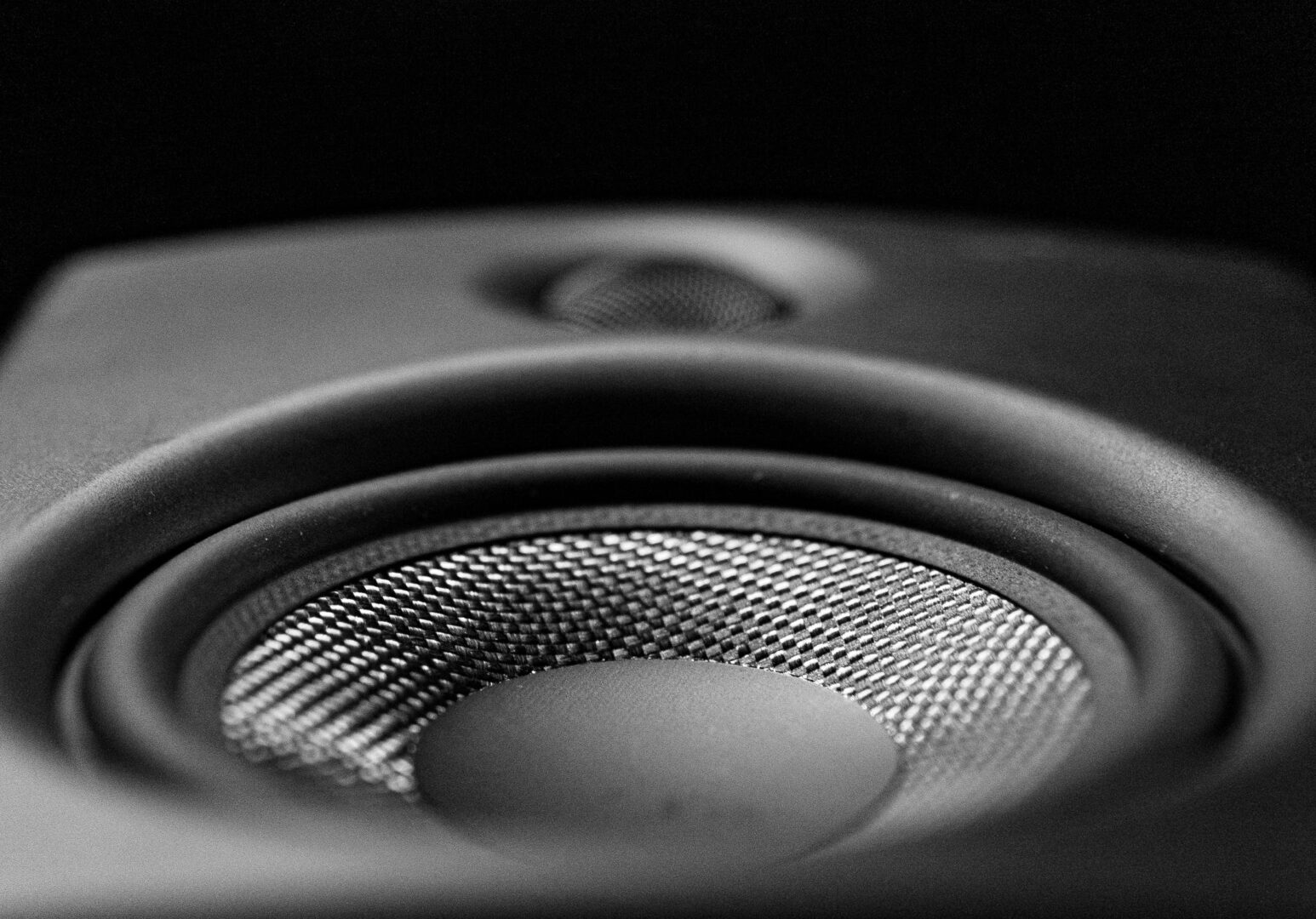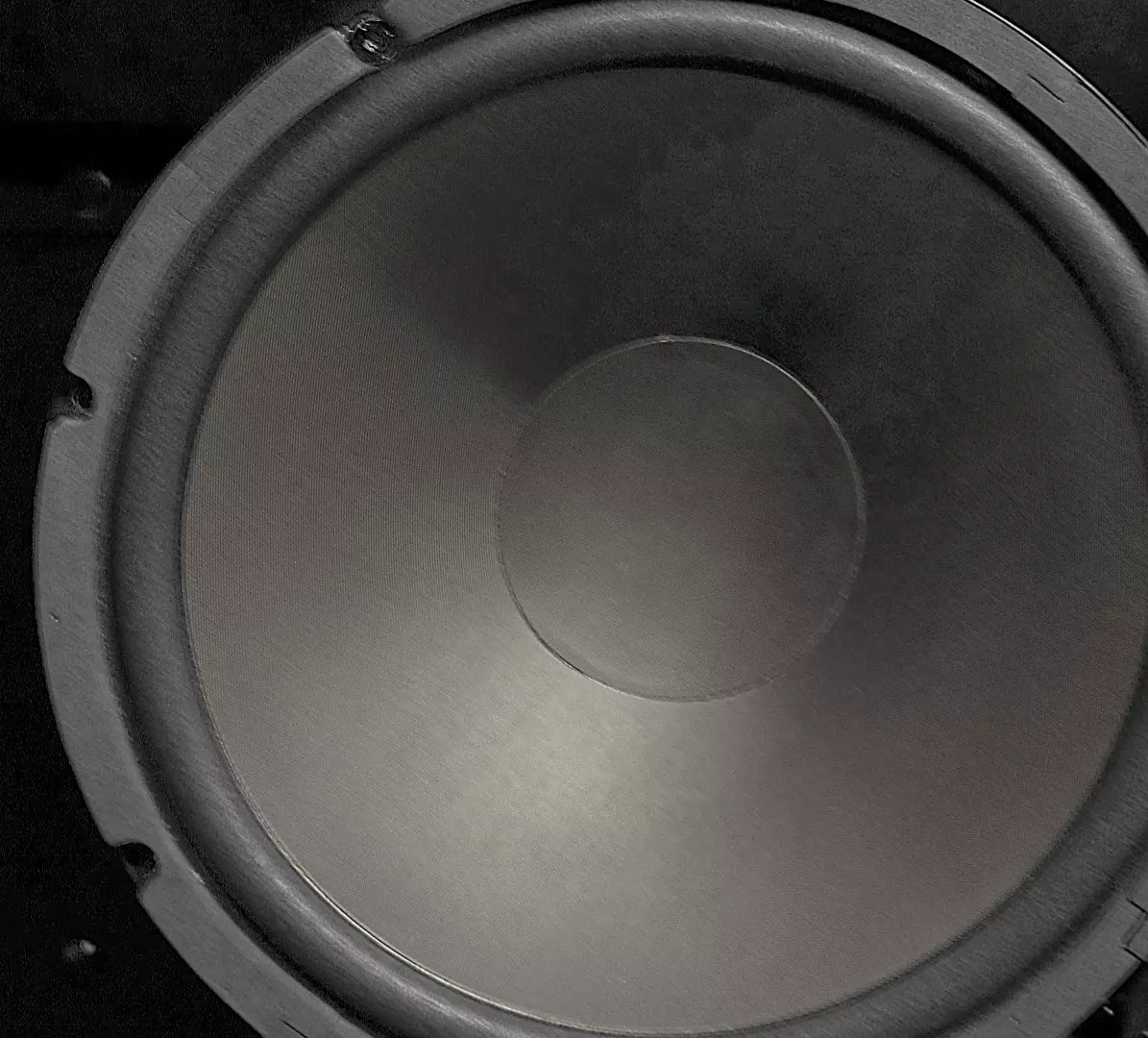What’s The Difference Between Car Speakers And Home Speakers? (Explained)
What’s The Difference Between Car Speakers And Home Speakers? (Explained)

A while back I did an experiment to see how a car speaker would sound in a home theater setting and long story short, it didn’t sound very good lol.
So today I wanted to expand on that by noting the difference between car speakers and home speakers — which should basically give some additional context on why car speakers don’t tend to perform as well in other settings.
What are these differences though, and why do they make for such a stark contrast between the 2 types of audio?
Let’s find out!
What’s The Difference Between Car Speakers And Home Speakers?
Major differences exist between car speakers and home speakers. Car speakers have a lower impedance that allows them to play louder with less electricity, are built for a much wider variety of environmental conditions than home theater speakers, are physically smaller, and are directly installed in a car’s frame – forgoing the speaker cabinet a home theater speaker would have.
Major Differences Between Car Speakers And Home Speakers
Car Speakers Are Physically Designed Differently

So one of the first differences between car speakers and home theater speakers actually boils down to their fundamental design.
You see, car speakers are actually physically designed differently than their home counterparts.
More specifically, car speakers tend to be specifically made to brave the elements.
Given that a car is mobile and has to travel, it’s likely that the speakers inside will be subjected to all kinds of environmental conditions.
Whether it’s the freezing cold one minute, to the scorching sun the next, the speakers within a car have to be durable enough to last.
That’s not even to mention the potential moisture they have to withstand as well.
Home theater speakers are meant to be placed in temperate dry conditions, and thus can’t deal with varying environmental conditions since they simply aren’t made for that.
In fact, unless they’re an outside variant specifically, placing your home theater speakers in any other type of environment will have a direct impact on how long your speakers last.
In addition to all of this, car speakers also differ in their physicality since they lack the cabinet that a home theater speaker has.
Rather than using a cabinet, car speakers are offered with simply the speaker driver while using the car’s frame itself as the cabinet.
You’ll commonly see these referred to as raw drivers or open air speaker drivers.
The Two Types Of Speakers Are Cosmetically Different
Expanding upon that last point about there being a physical difference between the 2 types of speakers, that dissimilarity also applies when it comes the the cosmetics between the 2.
Being that home theater speaker drivers use a cabinet for their enclosure, this allows them to have significantly more variance when it comes to how they actually look.
From wood grain, plastic, black, white, etc. there’s a myriad of different designed speakers that make each visually distinct.
Car speakers on the other hand are somewhat limited in that regard.
Sure some may have chrome or some other visual flair, but for the most part they tend to look similar.
That’s because the driver, which may or may not be covered with some kind of grille, has to be affixed directly into the trunk or frame of the car itself.
Car Speakers Tend To Be Smaller
However the differences don’t stop there because automotive speakers actually tend to be smaller than their home theater counterparts.
Given that the speaker in a car is placed in a smaller enclosure, the driver is only tasked with filling the cabin of that car with volume — making it a nearfield listening experience.
Home theater speakers on the other hand have to account for different room types all with varying sizes — making them responsible for filling a much larger space with audio.
Of course it’ll depend on the speaker you pick since the size can vary greatly, but in general car speakers are typically smaller.
There’s An Impedance Difference Between The 2 Speaker Types

Lastly and probably the biggest difference between car & home speakers is the impedance difference.
Without getting too technical, impedance is basically the amount of resistance a component presents against the current from the amplifier.
This resistance is denoted by what’s known as Ohms.
Simply put, the higher the Ohm number, the more resistant that particular speaker is.
That means a speaker with a higher Ohm number will take more power to get to the same volume comparatively.
With all that being said, car speakers have a lower nominal impedance than home theater speakers.
They’ll typically be rated at 4 Ohms where as a home speaker might be 6 to 8 Ohms.
The reason for this is a car’s speaker system will have much less voltage than the circuitry in a home.
So in order to get the same level, it has to let more electricity through to produce a satisfactory output.
Where a car battery might be anywhere from 12, 13, maybe even 14 volts; the electrical outlet in a home could be around 110 volts or higher.
That’s why using a car speaker in a home setting isn’t a great idea because it can be too much for the amplifier to handle if that amplifier doesn’t support lower Ohms (not to mention the degradation in sound quality)
There are specialized speakers that may have a lower resistance rating, but in general, home theater speakers tend to be more resistant than car speakers.
Final Thoughts
Hopefully this helped with discerning the differences between car & home audio speakers, while providing more context on why using the 2 interchangeably probably isn’t the greatest idea.
Until next time, make it easy, keep it simple. ?
About Me

Jay
Hey everyone it’s nice to meet you. I'm Jay, writer & founder of the site Easy Home Theater. I've been with this hobby of home entertainment for many years now. I decided to create this site to be a helpful resource, and share everything that I've learned from personal experience with you. I also happen to be a huge gamer, lover of all things tech related, and a major fitness buff (love weightlifting)
Contact: Contact Jay
Facebook: https://www.facebook.com/Easyhometheater/
X: https://x.com/easyhometheater
Pinterest: https://www.pinterest.com/easyhometheater/pins/
Instagram: https://www.instagram.com/easyhometheater/
Followit: https://follow.it/easy-home-theater
Bluesky: https://bsky.app/profile/easyhometheater.bsky.social







Leave a Reply